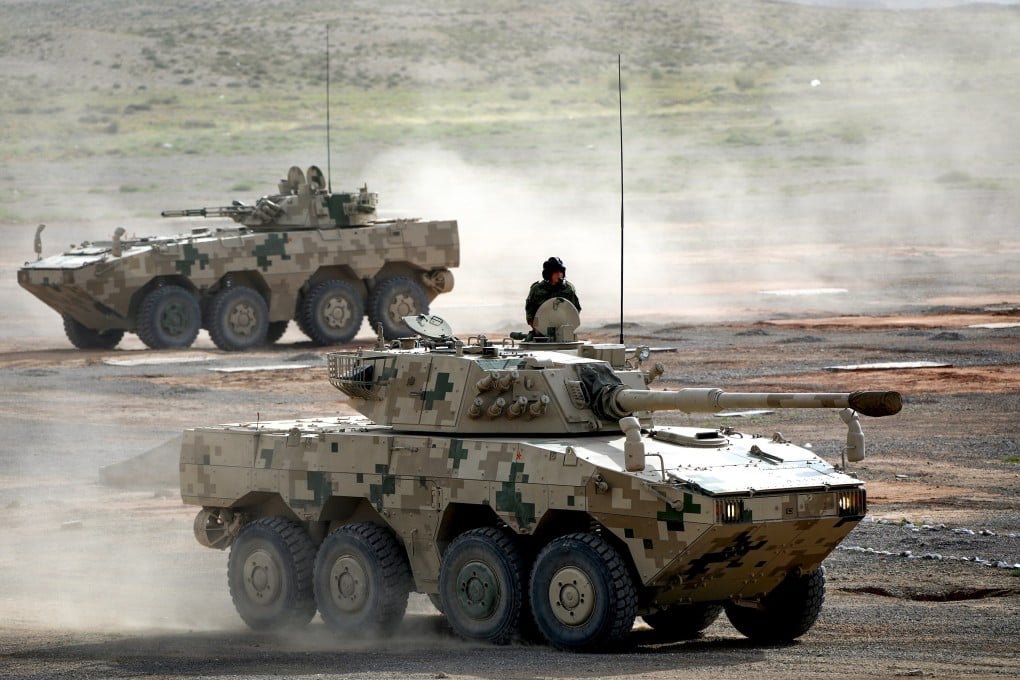China-Russia military exercise tests PLA weapons, troop modernisation
- Zapad/Interaction 2021 drill in the Gobi Desert will include new combat tactics and latest aircraft, drones and armoured vehicles
- Chinese analyst says one aim of the war games is to deter extremist and terrorist forces in Central Asia

Liu Xiaowu, commander-in-chief of the Chinese troops, told state broadcaster CCTV on Monday that the exercise would include innovative combat tactics like emergency troop and heavy weapon drops, long-range strikes by J-16 fighter bombers, and the use of drones.
Liu, who is also deputy commander of the PLA’s Western Theatre Command, said 81 per cent of weapons being used in the drill were “brand new”.
“That includes the J-20 [stealth fighter jet], KJ-500 [airborne early-warning and control aircraft] and J-16, while surveillance and combat drones and new armoured vehicles will also [be involved],” he said.
Liu said the war games would include some 200 aircraft sorties, and there were 200 armoured vehicles and 100 artillery launch systems involved.